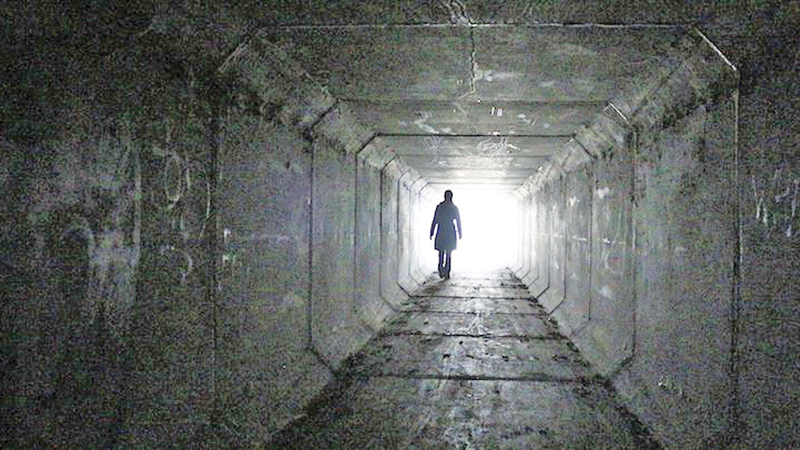There’s a poem that troubles me. It’s by a celebrated contemporary white male poet, and it’s called “Above Sunset,” and it’s about a girl who is beautiful, who is or seems dead, dating the speaker of the poem. That’s it.
Here’s how the poet introduces the girl: “she’s the loveliest dead girl in sight her skin powdered blank.” And here is how the poem ends: “she’s still the dead-/ loveliest dead girl in sight.” In between the first and last line, the poem—which barely takes up half a page, which I can’t even find anywhere online—calls her a lovely dead girl two more times.
I realize that in this poem, deadness is a metaphor for, maybe, the girl being goth. That was what the celebrated poet told me when I asked him about the poem, and he quickly changed the subject. “Dead,” he said, was repeated because poems repeat things; that is one of the ways they slide onto new subjects or catch upon the tongue.
But the poem itself caught on more than my tongue—I felt snagged by it, scraped by its fingers on my skin. I felt tricked by the poem into a little box.
I have been told I am too sensitive, but throughout my life, I’ve seen dead girls, and dead girl poems, everywhere.
Perhaps some family background is necessary. When my mother was very, very young, she had a child. She married the man. She left the man. She married my father. Her daughter grew up, depending on the photos you’re looking at, looking either just like her, just like me, or like neither of us at all. Then the daughter died in a car crash, and my mother and father left the island they were living on to bury her, in Virginia. When they returned two years later, I was born. I was never told I was a replacement child, but my mother would talk about my sister often, and my sister’s art was still hanging everywhere in our small house.
Maybe other background is necessary: when I was young we moved off the island again, settled into swampland in northeast North Carolina. One of our new town’s claims to fame was that many white women had died there. There was a book that a university press put out on the most famous dead white woman in our town. She was famous because she was rich and her death was never solved; we studied the book for a whole half of the year in eighth grade. The biggest event in this town, for several years, was a ghost walk where all of the white women who lived in crumbling mansions across the waterfront would dress up as their house’s dead former owners, and sometimes they would reenact the deaths of their ancestors.
Or perhaps I should talk about my identity instead: trans suicide rates are, of course, incredibly high. One of my closest friends in high school, femme and disabled and probably on the verge of coming out, killed themself. Entire industries have been built on sharing trans deaths, garnishing sympathy for trans death, gaining social capital from trans death.
Which is to say that whenever a girl dies, I feel a whole rotten society is to blame. I am writing about my dead girls with the understanding that it may disqualify what I’m trying to say—that I run the risk of being too personal, too close to the subject, too hot when I should be cool. I’ve been told again and again by men to pretend to be more objective, but I’m not interested in living unshadowed by my experiences, the biases incumbent in them. These are the reasons why I was bothered by the poem.
I have, pardon the expression, skin in the game. - Lit Hub



Add new comment